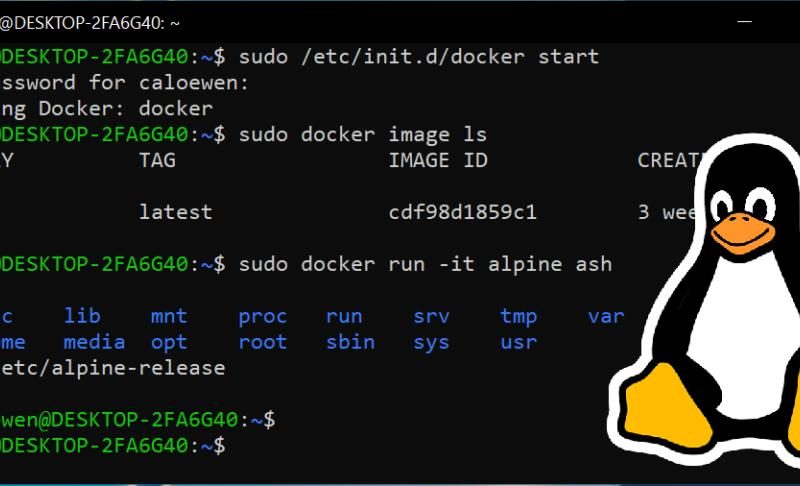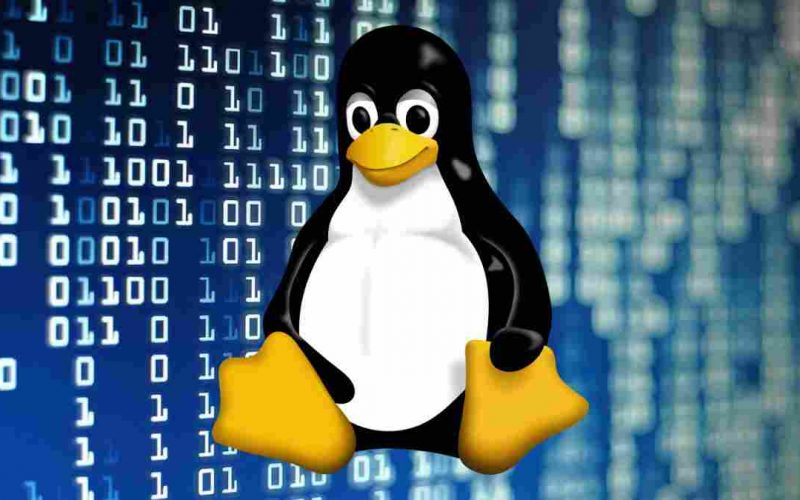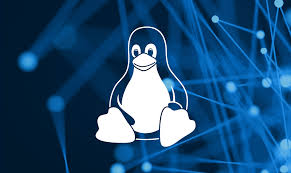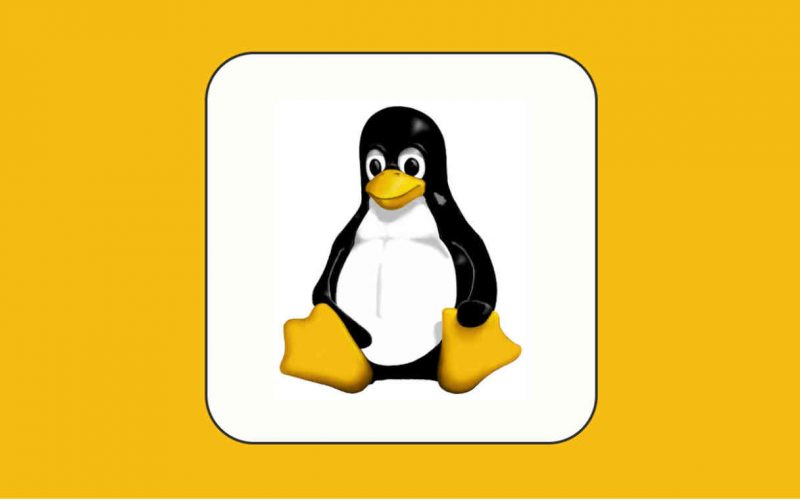02
Oct
Managing cloud-based Linux servers involves various tasks to ensure their proper operation, security, and optimization. Here are some key aspects to consider when managing Linux servers in the cloud: Monitoring and Logging:Set up monitoring tools to track server performance, resource utilization, and application metrics. Cloud providers often offer monitoring services, such as AWS CloudWatch or Azure Monitor, to collect and analyze server data. Additionally, configure logging to capture system logs for troubleshooting and security analysis. Security and Access Control:Implement robust security measures to protect your cloud-based Linux servers. This includes applying security updates promptly, configuring firewalls and network security groups,…









